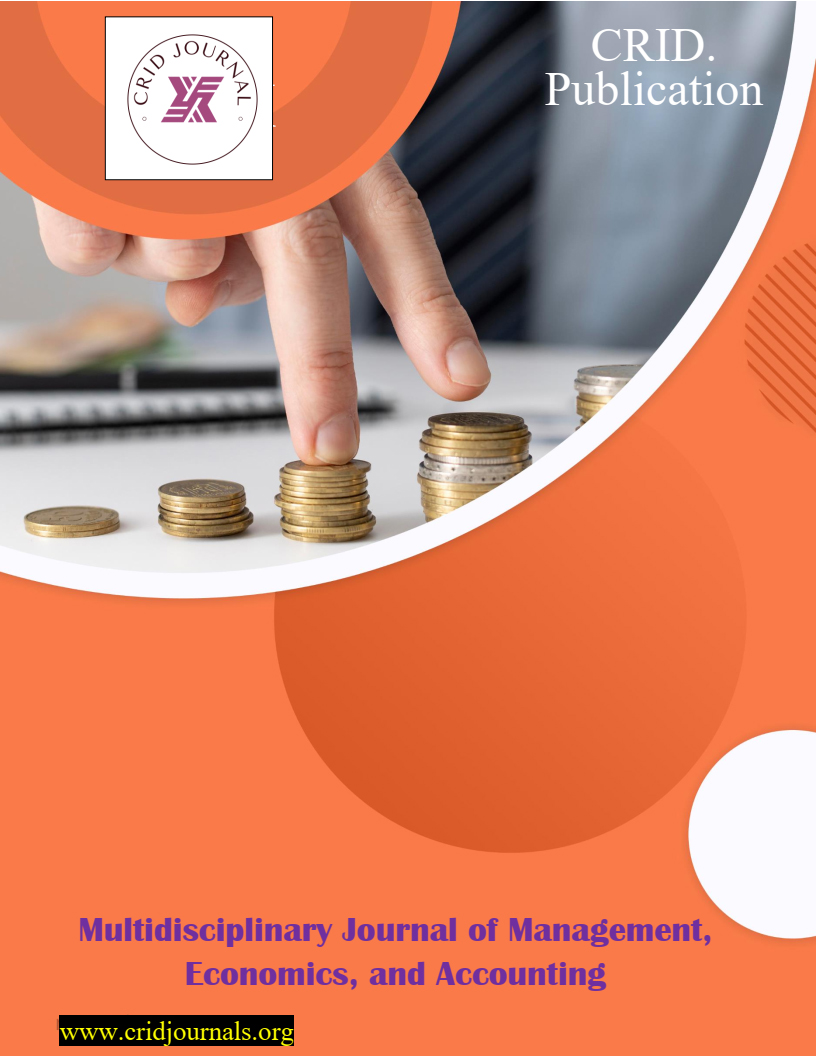Analysis Of Principal Components To Obtain Reduced Measurement Indicators In The Search For Information
Abstract
An investigation is presented, whose objective was to verify the applicability of the principal components analysis technique, to measure competence in the search for information. A descriptive-correlational and quantitative study was carried out using the eight indicators concerning the information-seeking competence declared in the IL HUMASS questionnaire (which offers a user-centered diagnosis of their perceptions and the level of achievement acquired in informational competences). ), which were located in a survey that was administered to 300 students from the first four levels of study who are studying Health Sciences careers at the Technical University of Manabí. The processing of the data, with the use of the SPSS statistical software, allowed us to obtain three main components: the first brought together four indicators referring to the advanced search in the databases using terms of the specialty; the second grouped two indicators pertaining to the use of automated catalogs and printed sources of information; and the third concentrated two indicators related to electronic sources of information (primary and informal). These components determined, through an Anova test, that there were statistically significant differences for the different careers in each component. The post hoc test with minimal significant difference made it easier to know which groups were statistically different in each component. In conclusion, the feasibility of applying this multivariate technique to carry out similar studies with many variables and numerous samples is observed.










